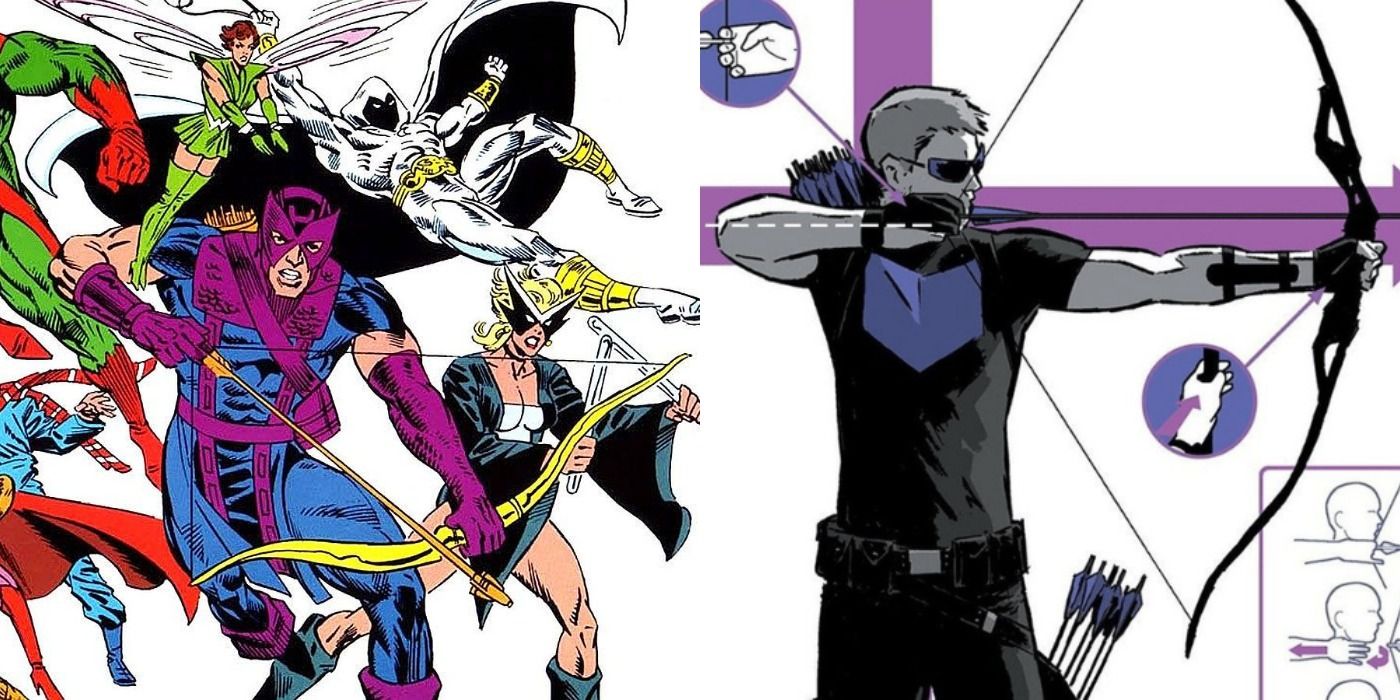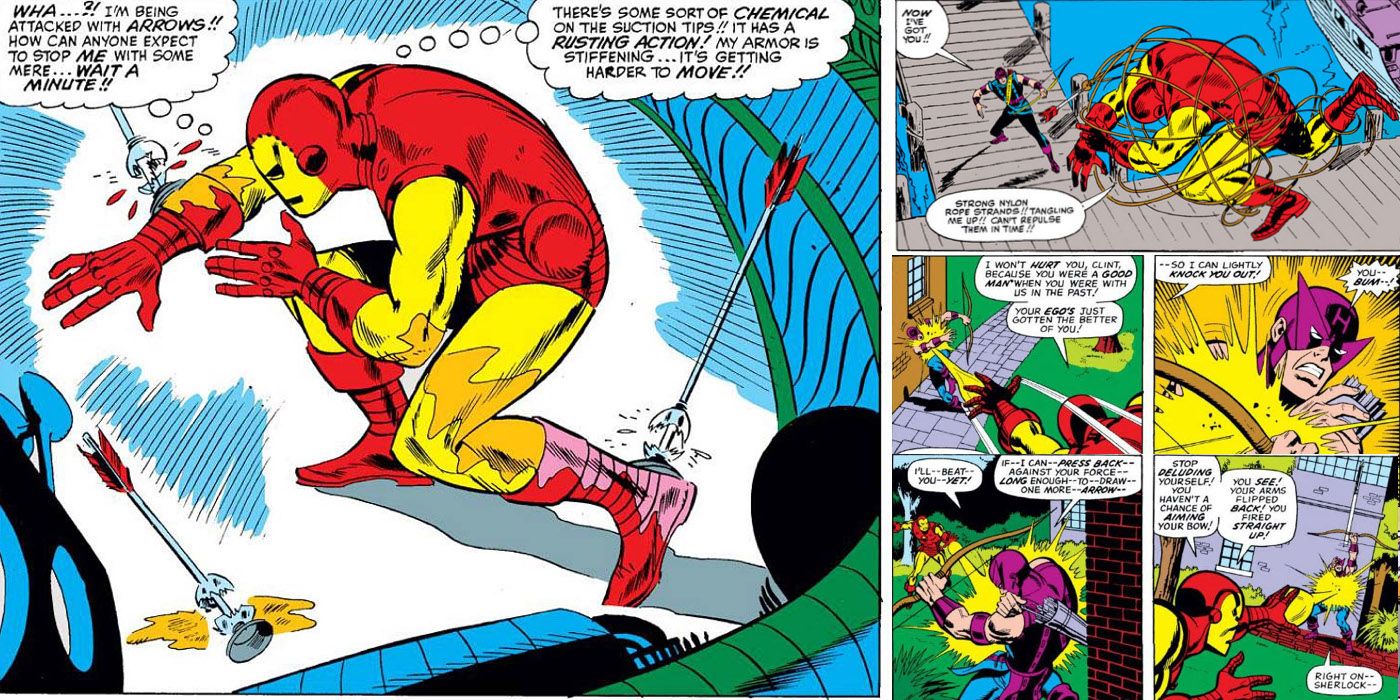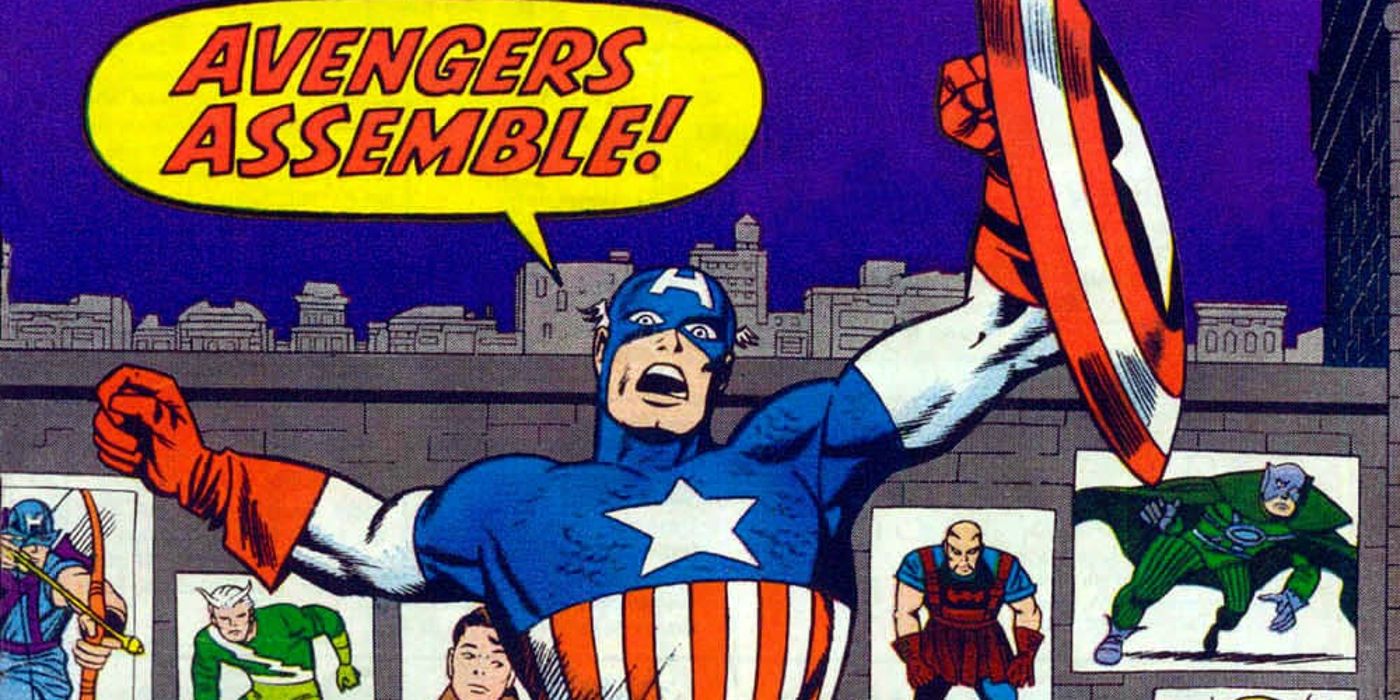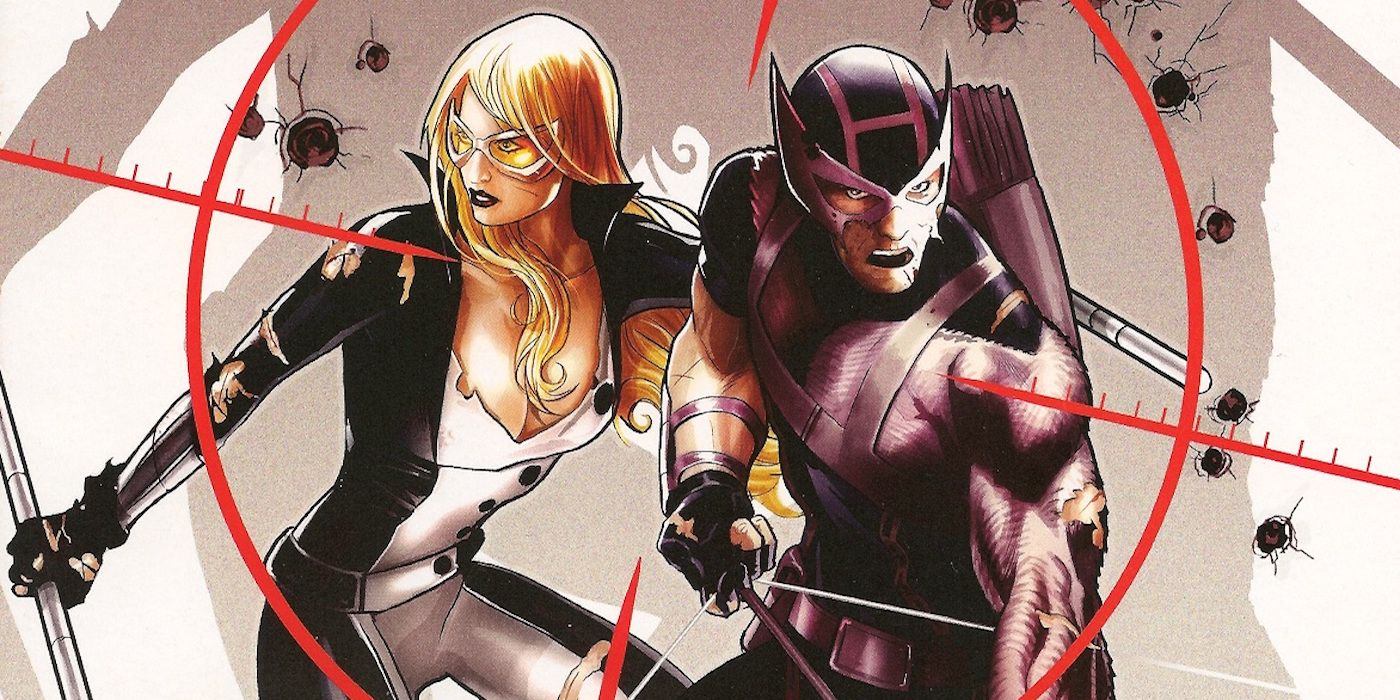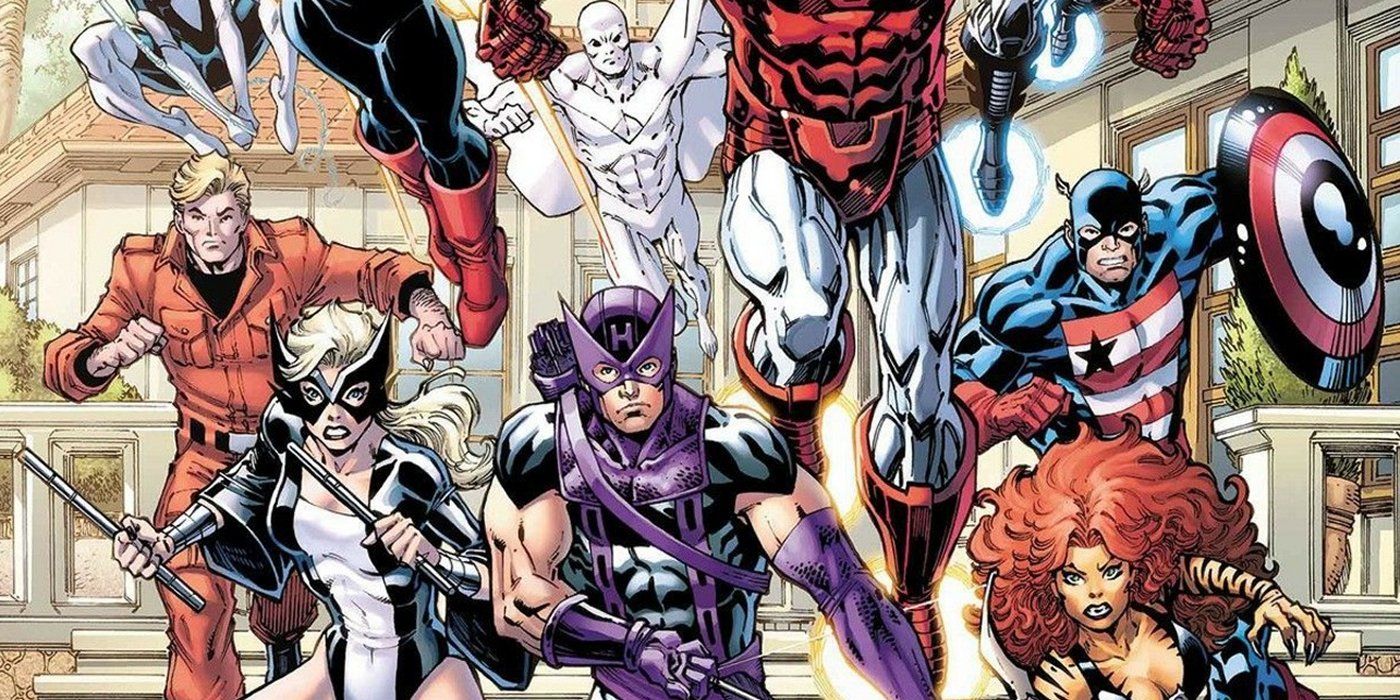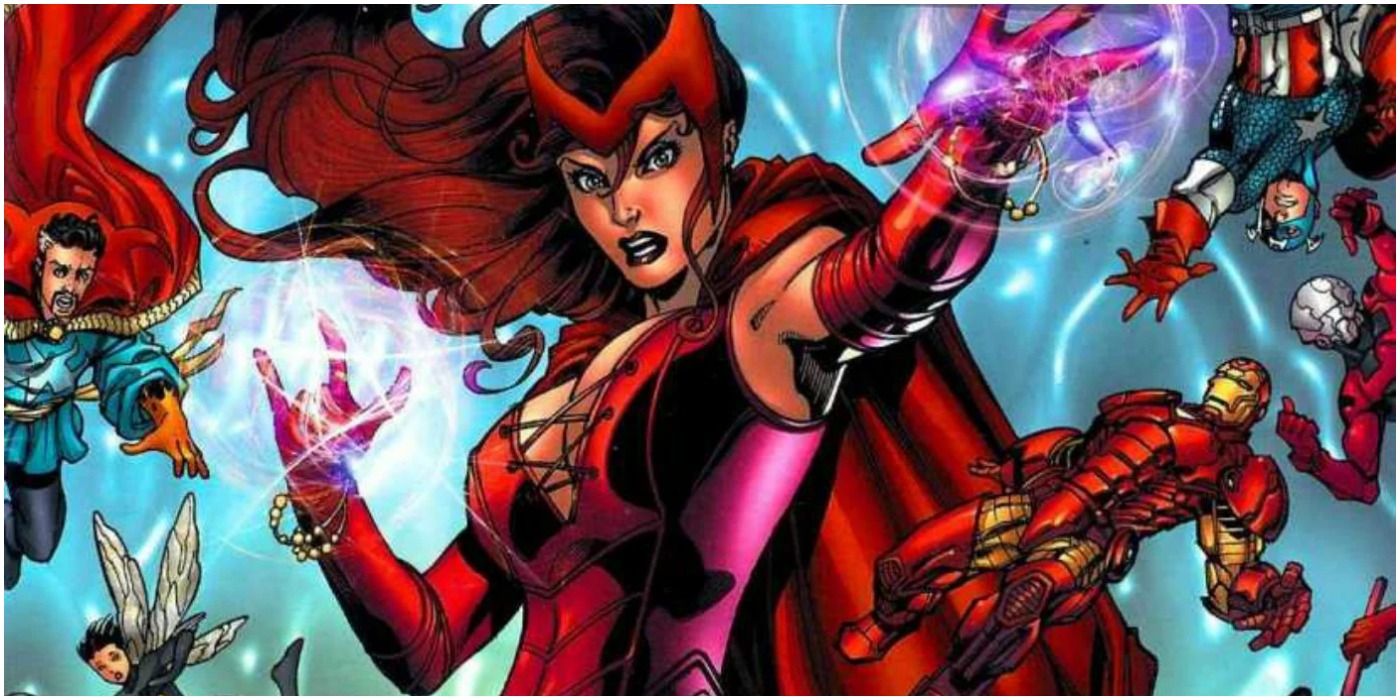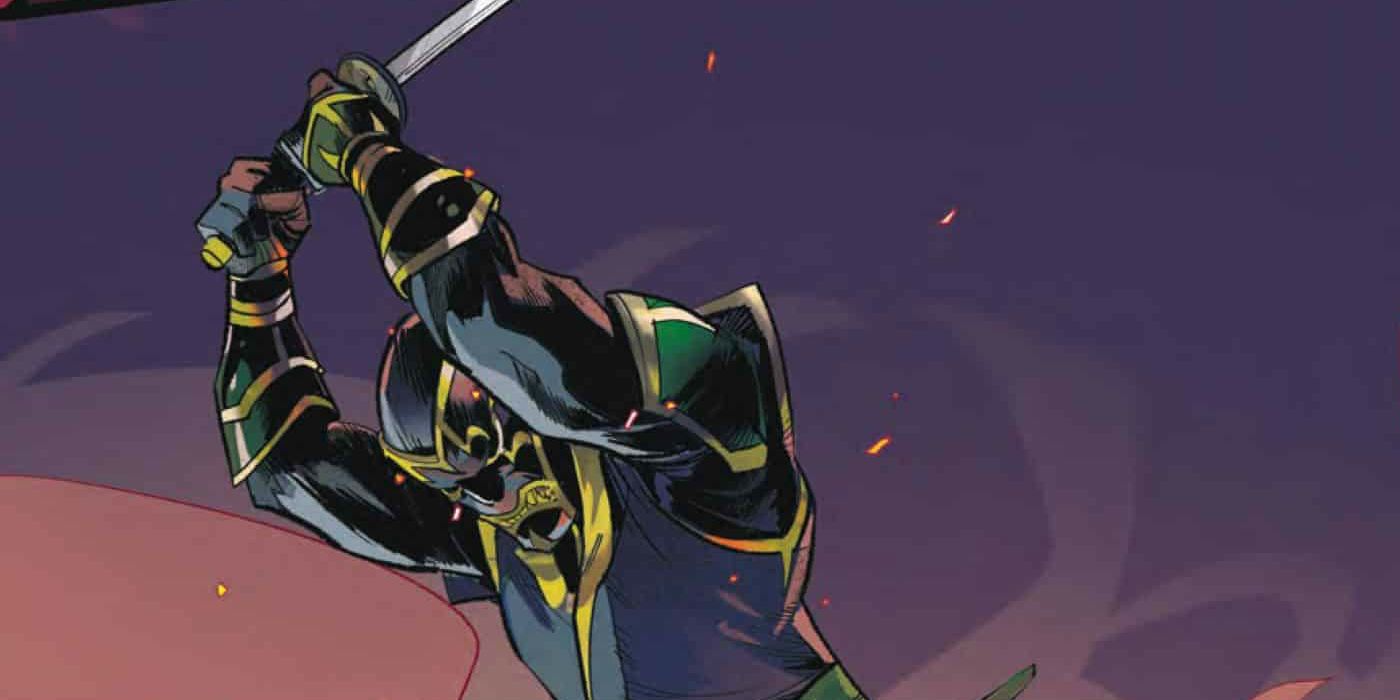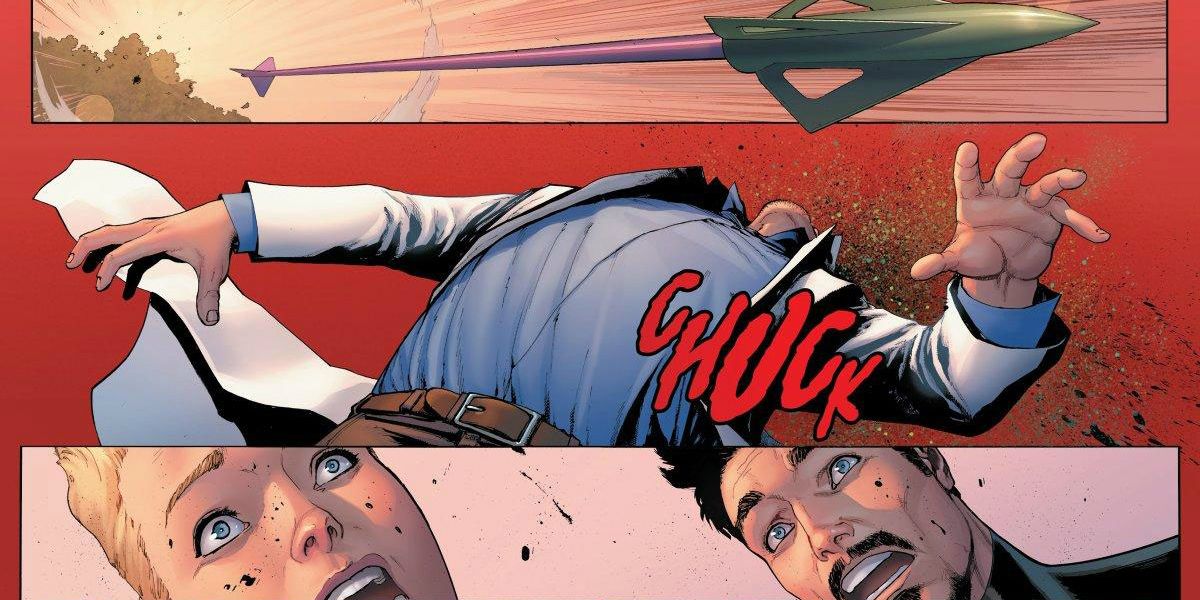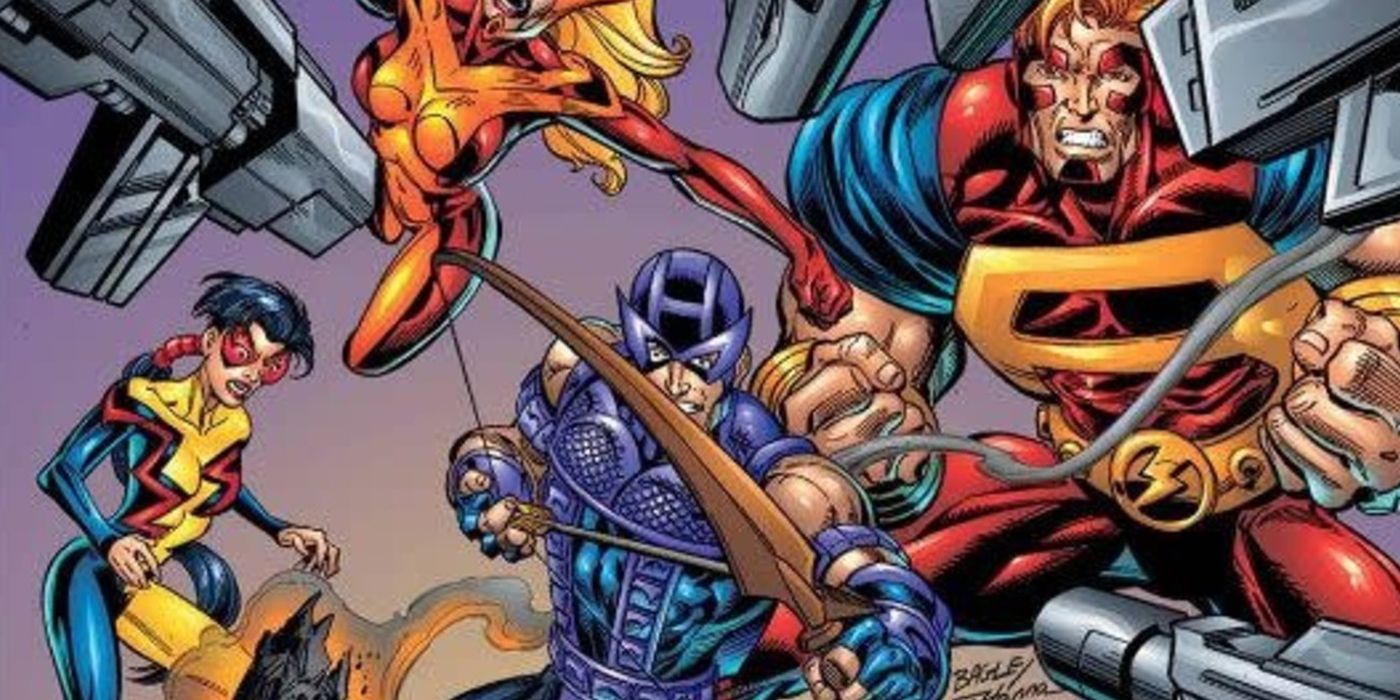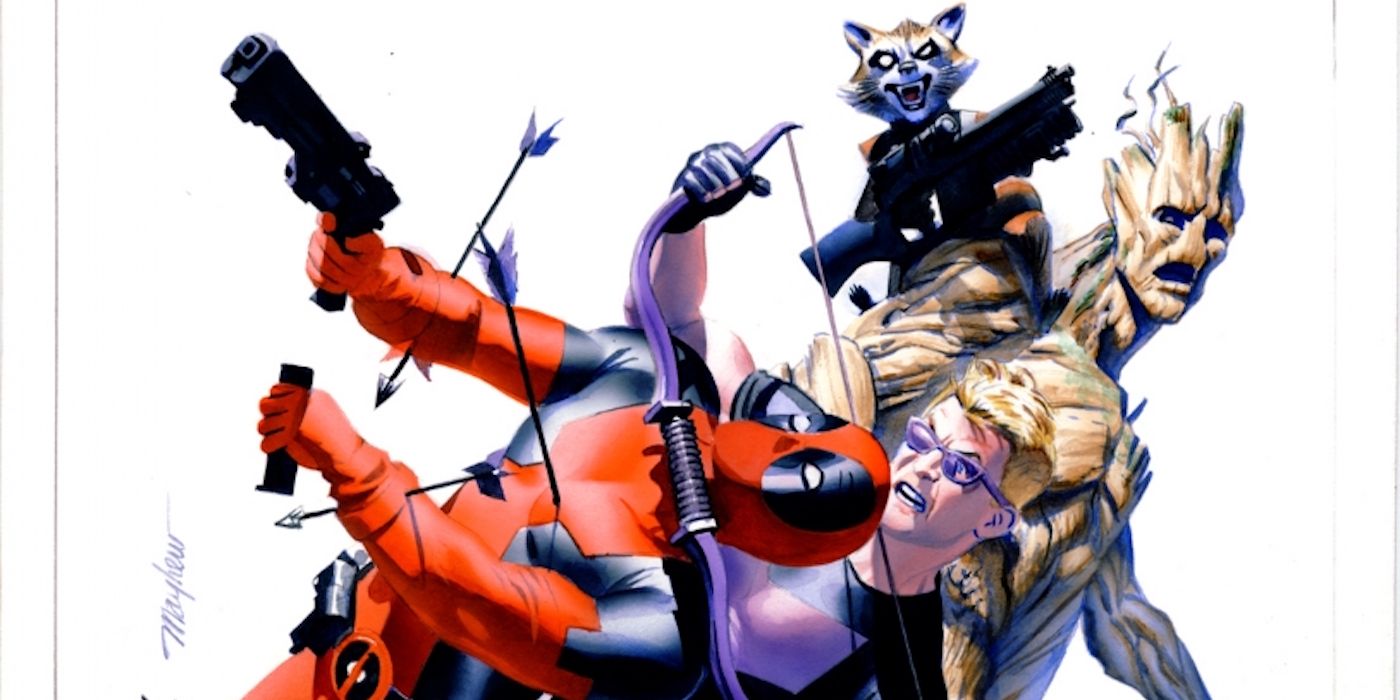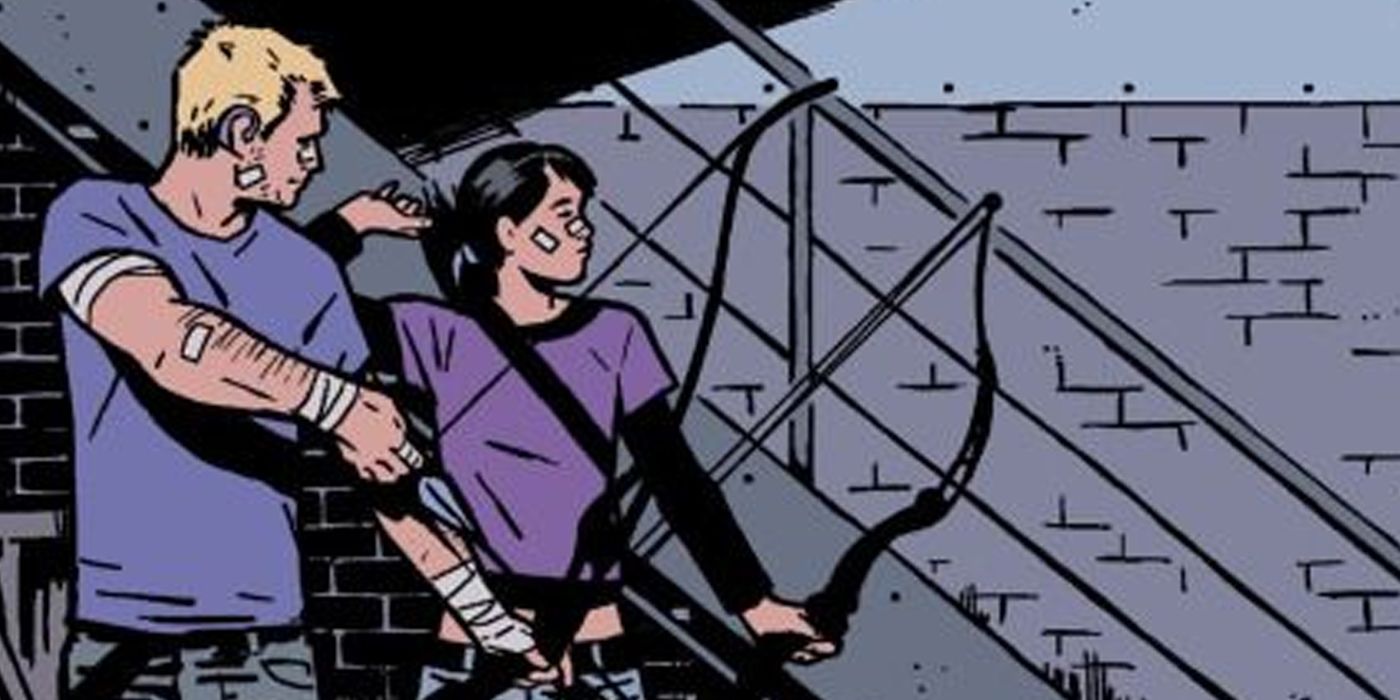The upcoming Hawkeye Disney+ series will finally give Clint Barton his solo spotlight in the MCU, and will also introduce fans to Kate Bishop. That student and teacher relationship was the foundation of a great 2011 comic run by writer Matt Fraction and artist David Aja. It's just one of many great Hawkeye story arcs in Marvel Comics.
Hawkeye has been a major part of the Marvel Universe since close to its inception in the 1960s and has been part of some of the biggest comic book storylines in the sixty years since. He also has a robust history of personal storylines that the MCU series could also adapt in some form.
A Villain At First
Hawkeye made his debut in Marvel Comics in 1964. He first appeared in Tales of Suspense #57 and this opening arc was significant as he was actually introduced as somewhat of a villain. He faced off against Iron Man at first and in issues #60-64 of the series, he met Natasha Romanoff, the Black Widow.
While on the run, Hawkeye joined up with Black Widow while she was still a Russian spy. Together, they stole technology from Stark Industries to get back at Iron Man. But the two would quickly abandon their villainous ways, making this arc essential for understanding what happened next.
Cap's Kooky Quartet
Hawkeye's transition to being a hero was cemented in Avengers #16 in 1965 when he joined the team. This arc is very important not only for Hawkeye but the Avengers as it replaced all of the powerful members of the original team with new recruits that were significantly less potent.
Captain America, Hawkeye the Scarlet Witch, and Quicksilver became known as Cap's Kooky Quartet, one of the best Avengers rosters ever. Founding members Iron Man, Thor, and Hulk had gone their separate ways, leading Captain America to put together a team of mostly ex-villains. As one of the new members, Hawkeye quickly established his comic book persona (gruff, rebellious, snarky, and cynical) that would influence his portrayals in animated television shows and the MCU movies.
Meeting Mockingbird
The first Hawkeye solo series from 1983 was monumental for the character since it's where he met his eventual colleague and wife, Mockingbird. The four-issue mini-series introduced Bobbi Morse, one of the most important spies in Marvel Comics.
Together they take on the villain Crossfire, but the biggest story in the mini-series is their whirlwind romance. The two fall in love very quickly and marry by the end of the series. She joins him on the Avengers for a brief time before they co-headline the West Coast Avengers.
Leading The West Coast Avengers
Hawkeye and Mockingbird are founding members of the West Coast Avengers, the first spin-off group of the superhero team. It's an important arc for Hawkeye as it establishes him as a leader, a role he would later play in Kurt Busiek's Thunderbolts series in the late 1990s. The origin of the Avengers team is depicted in the 1984 West Coast Avengers mini-series, which would lead to an ongoing series that lasted 102 issues.
Hawkeye takes the Avengers west after the Vision convinces him the Avengers need another unit. Hawkeye leads the first iteration of the team against villains like Gravitron, and the typically cocky Clint Barton begins to mature into a more rounded character.
Avengers Disassembled
One of the most significant storylines involving Hawkeye was Avengers Disassembled, a comic book arc that inspired WandaVision. In this epic storyline from the early 2000s, the Scarlet Witch kills him among others after she regains the memory of the truth regarding her children.
Billy and Tommy Maximoff weren't real, but fragments of the soul of Mephisto. She spirals into grief and lashes out at the Avengers. She brings a Kree warship to New York City, and in the course of trying to stop it, Clint Barton sacrifices his life to save the city. This arc shows that while Clint often adopts a cynical persona, he is willing to sacrifice his life to help save the world.
Ronin
One of the best modern arcs for Hawkeye deals with his eventual return after reality is restored at the end of the House Of M storyline that spun out of Avengers Disassembled. The arc beginning with New Avengers #27 in 2007 is key to understanding why the Ronin persona was a factor in the MCU.
Unlike the MCU, where Hawkeye became Ronin in the aftermath of the Snap, he chooses to take on the persona while on a mission for the New Avengers in Japan. He keeps the identity for a time since at this point, Kate Bishop is using the Hawkeye moniker in the mistaken belief that he was dead.
Civil War II
Clint Barton is part of another consequential story arc in Civil War II. This sequel to the original epic crossover is key because it shows how far Barton is willing to go, and how much he's changed since his ordeal with the Scarlet Witch (which also involved a strange romance with the mutant Avenger).
The story kicks off when Barton kills Dr. Bruce Banner with an arrow. The move is shocking but he believes justified since a precognitive character named Ulysses has a vision of Hulk destroying the world. Banner's death touches off a major battle between superheroes, who divide along the lines of wanting to stop crimes before they happened with these visions, and those who think the preemptive actions are unjustified.
Thunderbolts
Hawkeye's evolution as a leader was tested in another key comic book arc when he became the leader of the Thunderbolts. He takes over the team in the late 90s beginning in Thunderbolts #21. Hawkeye molds the former Masters Of Evil into an elite and heroic fighting force.
The story arc, which also goes through the Thunderbolts ongoing title at the time, is important as it may have implications for the MCU. Several members of the team have appeared or are about to. The Thunderbolts had originally been led by Baron Zemo as comic book fans surely know.
Hawkeye Vs. Deadpool
One character Hawkeye teamed up to the delight of comic book fans was Deadpool. The Hawkeye vs. Deadpool mini-series pitted the two against each other as they both try to keep highly sensitive data on S.H.I.E.L.D. agents from falling into the wrong hands.
This is a great example of the humor Hawkeye is capable of. His early appearances often had him a little bit overbearing in his self-confidence, but he's lightened up considerably and this series is a great showcase for the understated humor that MCU fans associate with Clint Barton.
Little Hits
The Hawkeye series from 2011 is likely the basis of a lot of the forthcoming MCU series, and it's one of the best story arcs involving the character. Little Hits runs between issues #6 and #11 of the 2011 series, and features Clint Barton training and getting to know Kate Bishop.
Clint's growth and maturity take leaps and bounds in this story. His earlier stints as a leader come in handy as he trains and guides Kate as the two fight organized crime together in New York City, in particular the Russian mob.

